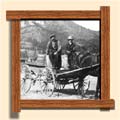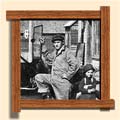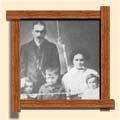 Heritage Community Foundation Presents
Heritage Community Foundation PresentsAlberta Online Encyclopedia
 |
||
  |
||
|
Home>> People and Communities>> Ethnocultural Communities>> Alberta's Italian Community>> Entrepreneurship>> Photo Gallery |
||
| Entrepreneurship Photo Gallery | ||
 |
||
For more on coal mining in Western Canada, visit Peel’s Prairie Provinces.











